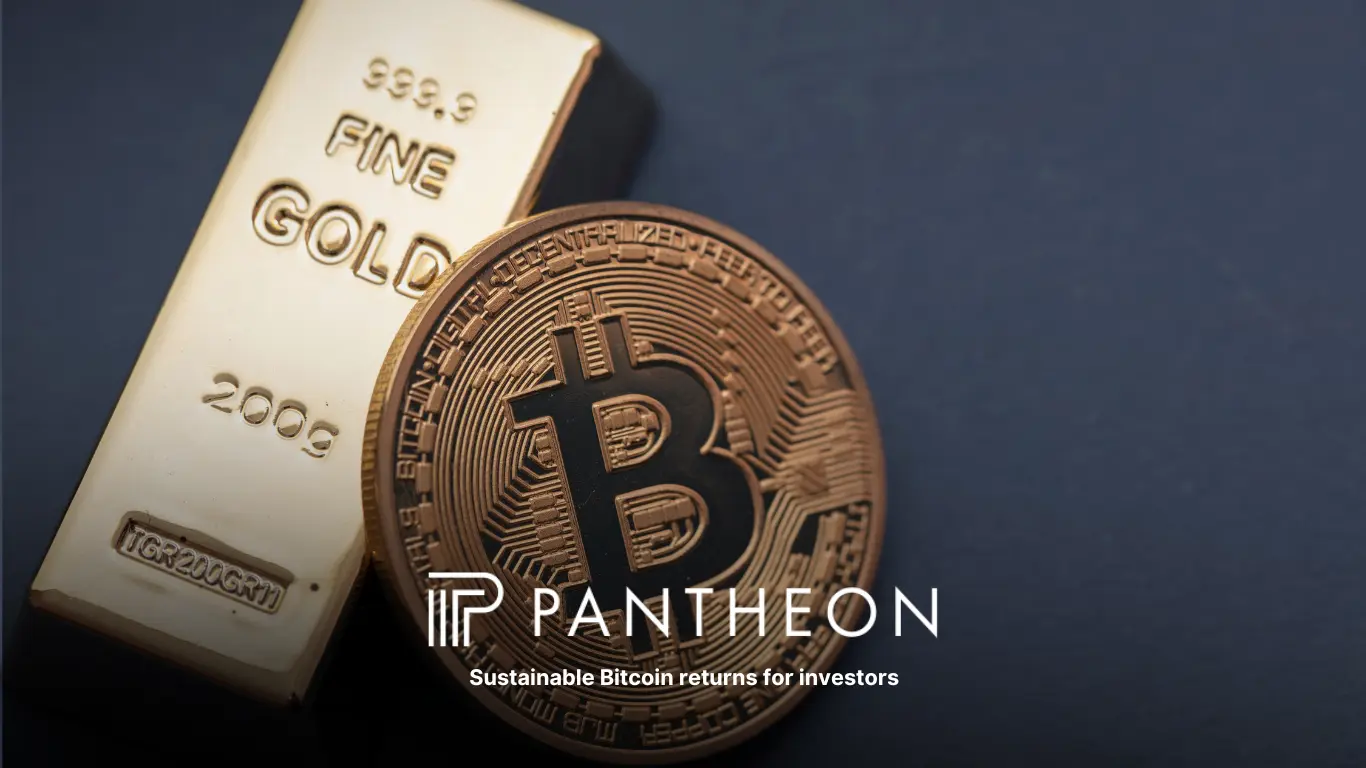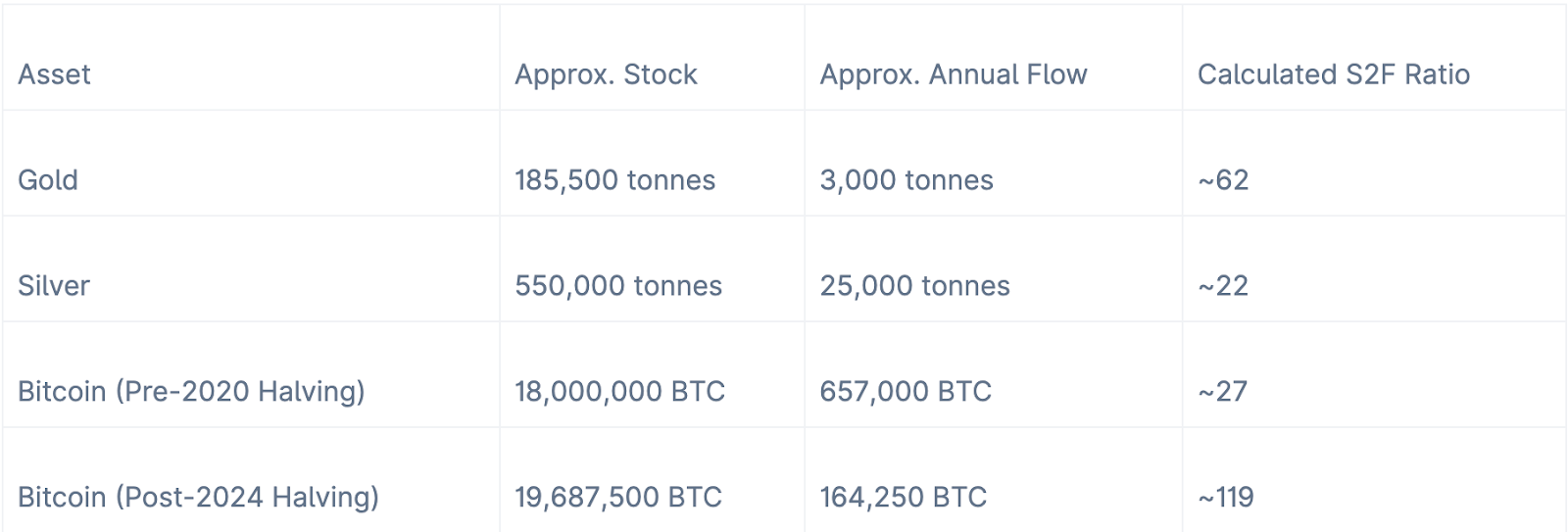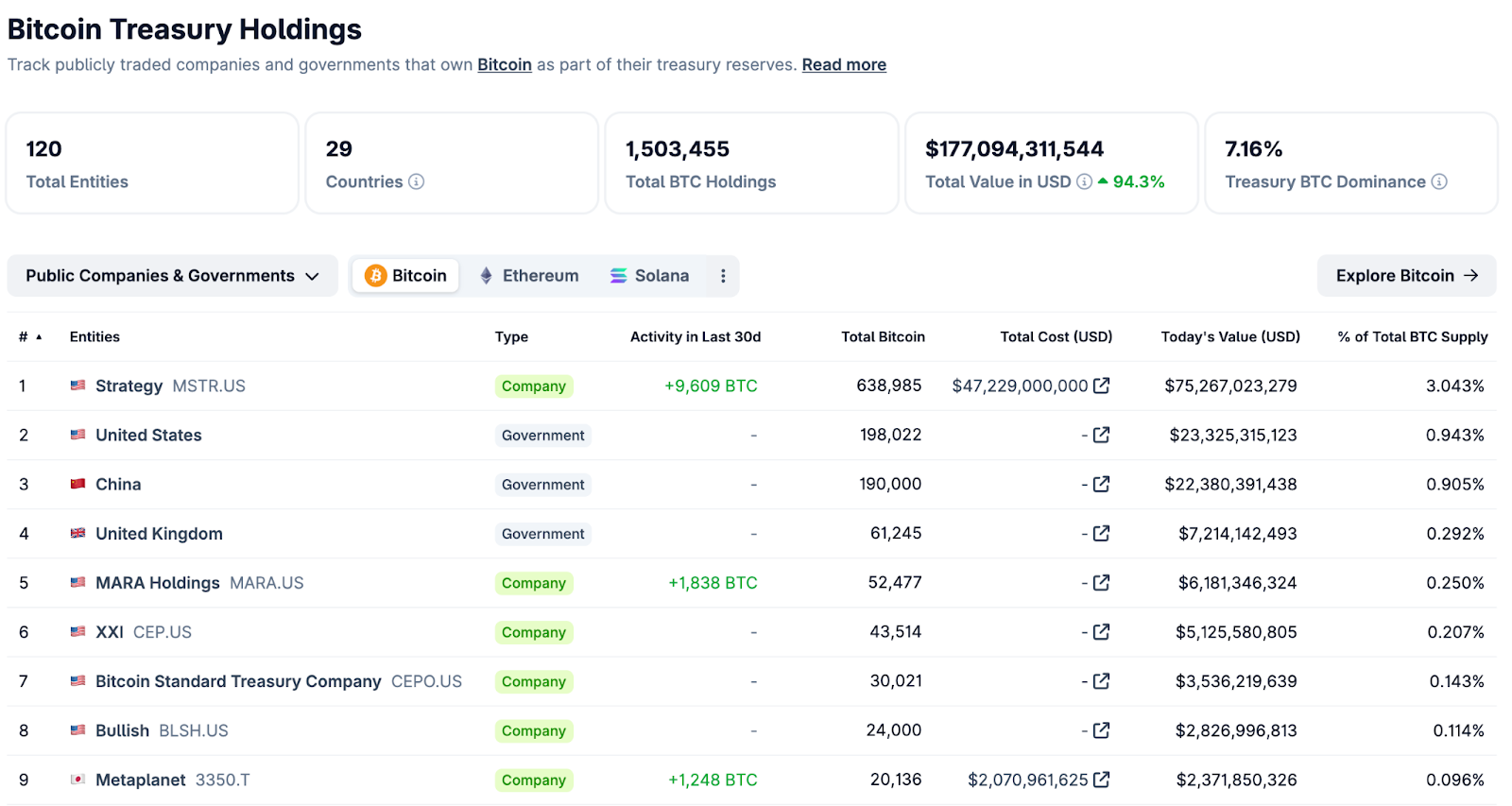
Gold has preserved wealth for centuries. It has been the foundation of dynastic reserves, state treasuries and institutional holdings. Today, Bitcoin is gaining the same recognition. With a fixed supply, digital portability and transparent verification, it is increasingly treated as a modern counterpart to gold.
Gold is scarce, but its supply still grows each year through mining. An additional 1.5 to 2 percent enters circulation annually. Bitcoin is different. Its total supply is capped at 21 million coins and new issuance halves every four years. This structure makes Bitcoin’s scarcity predictable and final. After the 2024 halving, its stock-to-flow ratio moved ahead of gold’s, setting it apart as the most scarce major asset available to global markets.
The comparison is clear in stock-to-flow terms. The table below highlights how Bitcoin’s scarcity strengthened after the 2024 halving, surpassing gold’s ratio.

This comparison shows how scarcity differs across assets. Stock-to-flow (S2F) measures the existing supply in relation to new annual production. A higher ratio means the asset is harder to inflate. Gold’s S2F is about 62, silver’s is around 22, but after the 2024 halving, Bitcoin’s ratio rose to ~119. This means Bitcoin is now entering the market at a slower pace than gold or silver, making it the most scarce major asset available.
Gold has value, but its physical form creates barriers. Moving large amounts across borders involves secure transport, insurance, and vault storage. These layers add cost and slow down the ability to use gold when and where it is needed. Its size and weight make it impractical for rapid deployment of capital.
Bitcoin removes these barriers. Value can transfer across the globe in minutes, with settlement verified on the blockchain. No physical logistics or intermediaries are required. Ownership is secured digitally, giving investors direct control that is not dependent on geography or custodians.
Divisibility further strengthens Bitcoin’s role. A single coin can be split into 100 million satoshis, allowing precise transactions of any size. This feature makes Bitcoin suitable for both institutional reserves and smaller-scale transfers. Gold cannot offer this flexibility, as its units are bound to their physical form.
Gold needs assaying to prove purity, a process that takes time and involves intermediaries. Bitcoin is verifiable instantly. Every transaction and unit can be confirmed on the blockchain, open to anyone, permanent, and secure. For family offices and institutional investors, this transparency reduces risk and increases confidence.
The process can be understood through the way transactions are signed and verified. The figure below shows how ownership passes from one party to another, with each transfer confirmed by the network.

In this model, each owner uses a private key to sign a transfer of Bitcoin. The next owner’s public key is added to the record, and the network can check the signature at every step. This ensures that ownership is clear, transactions cannot be altered and verification does not rely on intermediaries. The result is a system where trust comes from mathematics and transparency, not third-party oversight.
Bitcoin has outperformed gold by a wide margin over the last decade. While gold has delivered stability, Bitcoin has delivered superior long-term returns, attracting institutional capital in the process. Public companies, funds, and family offices together now hold close to 5 percent of the total supply. Liquidity has also deepened, with open interest expanding from under US$5 billion less than three years ago to more than US$25 billion in 2025. These developments confirm that Bitcoin is no longer speculative. It is a reserve asset integrated into long-term strategies.
The scale of adoption is clear in treasury holdings. The largest public companies and governments together control more than 1.5 million BTC, equal to around 7 percent of supply. This shows that Bitcoin is already treated as a strategic reserve asset across both corporate and sovereign balance sheets.

This figure highlights leading holders of Bitcoin, including MicroStrategy, the United States, China, and the United Kingdom. Their combined positions demonstrate how Bitcoin has moved into the same category as established reserve assets. With both corporate and sovereign entities committing capital, the case for Bitcoin as a long-term store of value continues to strengthen.
Gold will remain a respected legacy asset, but Bitcoin is gaining credibility as its digital counterpart. Its scarcity is absolute, it moves without restriction, and it is transparent in a way gold cannot match. Younger generations within family offices already view it as essential for dynastic wealth. For investors who measure success across decades, Bitcoin is no longer on the sidelines. It is becoming a cornerstone of preservation strategies.
At Pantheon Mining, we provide direct access to Bitcoin at its source through sustainable mining infrastructure. To learn more about how Bitcoin can serve as a cornerstone of your long-term wealth strategy, connect with our team today.
The contents of this analysis are for informational purposes only and do not constitute investment advice. The study is based on the author's opinions and assumptions and may not reflect the actual state of the market or the future outcomes of any investment. The author is not a financial advisor and assumes no responsibility for the information's accuracy, completeness, or suitability.
Bitcoin investments are subject to high risks and volatility. The prices can fluctuate significantly due to factors such as supply and demand, regulatory actions, technological innovations, security breaches, hacking attacks, market sentiment, and global events.
Investors should be aware of these risks and conduct their diligence before making investment decisions.



